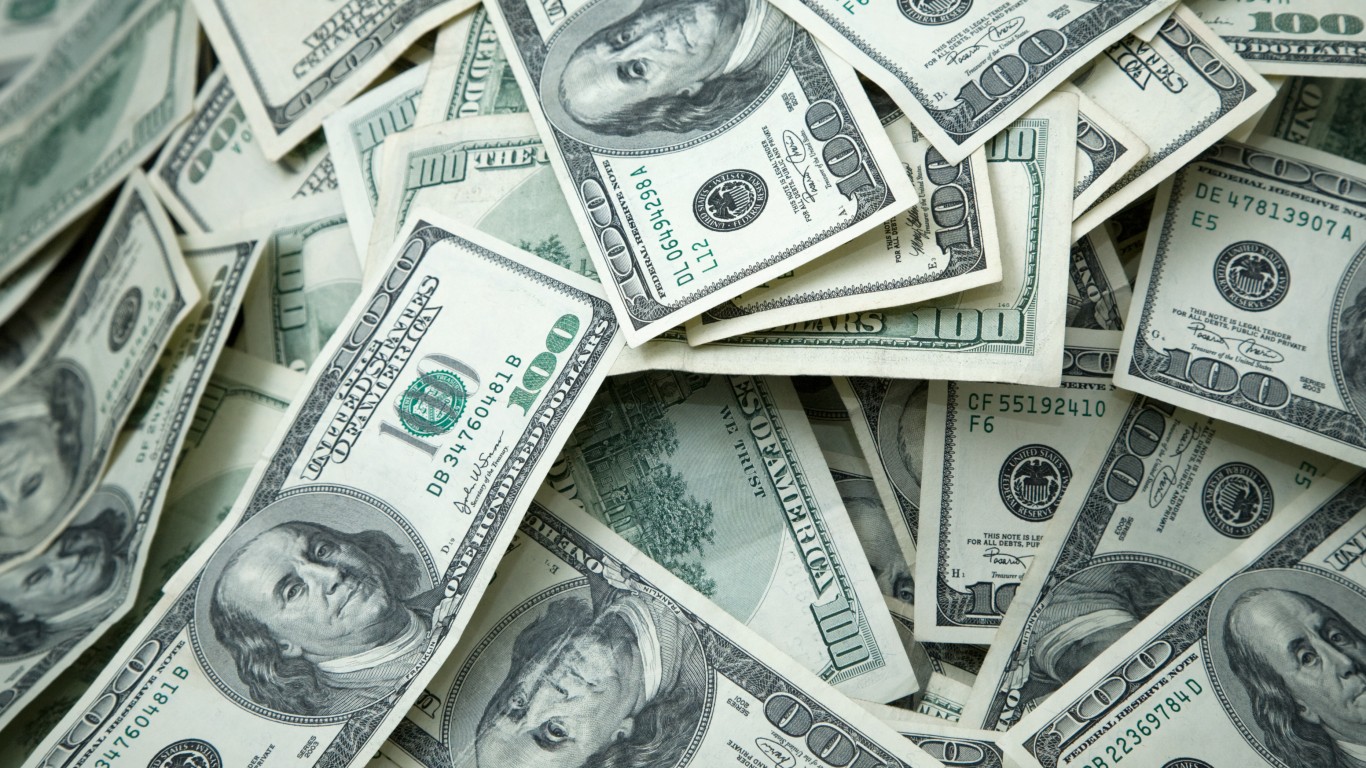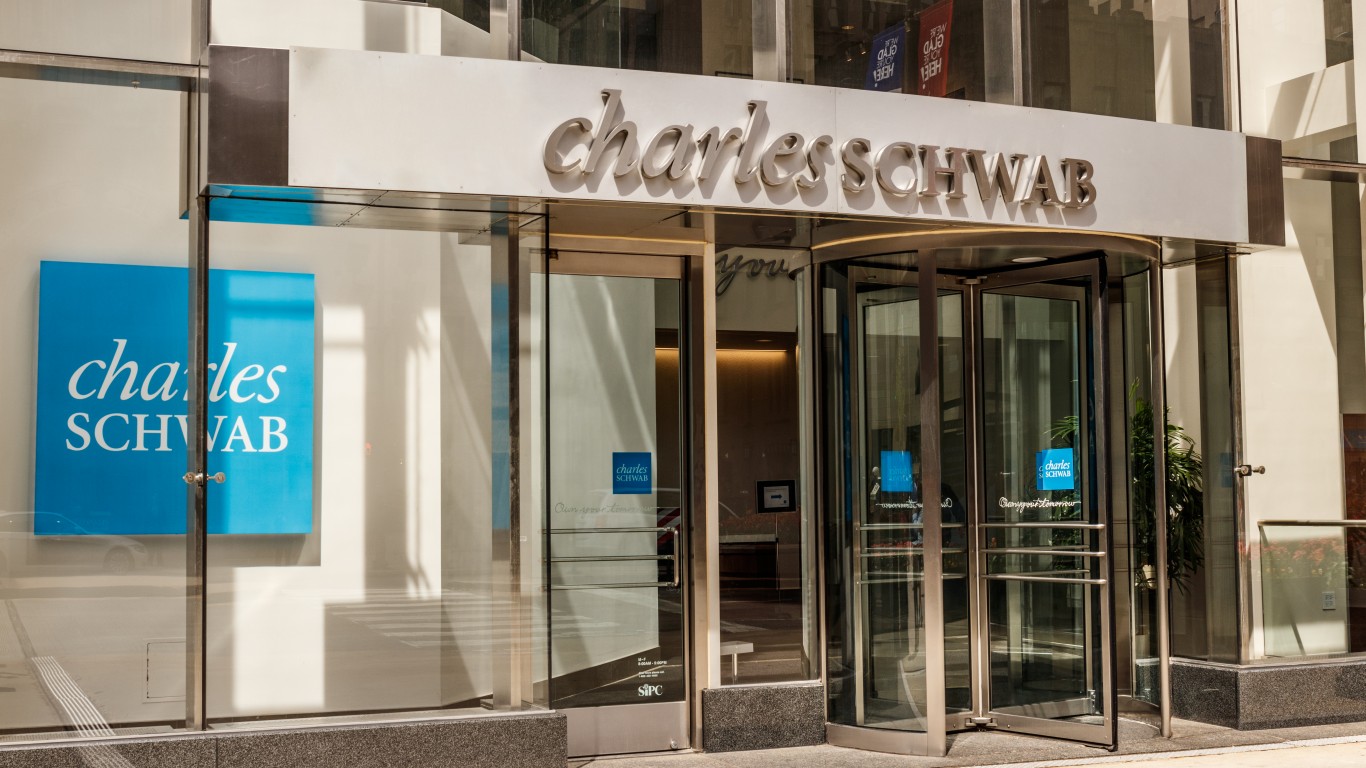
The catastrophic collapse of Silicon Valley Bank, one of the largest lenders in the US, has sent shockwaves across financial markets, delivering massive losses to some of the bank’s most prominent clients. While venture capital firms and tech startups were most severely affected, numerous crypto companies were also affected and disclosed their exposure to the bank.
Circle, the issuer of the world’s second-largest stablecoin USDC, has revealed that it has $3.3 billion in an account maintained by Silicon Valley Bank. Following the revelation, USDC was hit with a wave of redemptions as concerns around reserves mounted, leading to USDC losing its peg to the US Dollar.
However, it should be worth noting that Circle holds most of its reserves in US Treasury Bills, managed by BlackRock. Many experts have suggested that the USDC will likely recover soon and retain its peg to the dollar.
Investors Concerned About Health of US Banking Sector as Two Banks Collapse in 48 Hours
It has been a tumultuous week for the American financial system. In 48 hours, the banking sector witnessed the collapse of two major banks: Silicon Valley Bank and Silvergate Bank.
SVB Financial Group, one of the most popular lenders to Silicon Valley tech and growth startups, failed on March 10, falling into the hands of the Federal Deposit Insurance Corporation (FDIC). On Friday, the federal agency took control of the bank and created the Deposit Insurance National Bank of Santa Clara, which now holds the insured deposits from SVB.
“Silicon Valley Bank, Santa Clara, California, was closed today by the California Department of Financial Protection and Innovation, which appointed the Federal Deposit Insurance Corporation as receiver,” the federal agency said in a press release Friday.
The swift collapse of Silicon Valley Bank came just two days after crypto-friendly bank Silvergate collapsed. As reported, Silvergate Bank’s parent company, Silvergate Capital Corporation, announced Wednesday that it has decided to wind down its operations and liquidate its subsidiary.
Silvergate was among the lenders hit hardest by the fall of FTX in November last year. The California-based bank suffered a run following the collapse of FTX and had to sell $5.2 billion of debt securities it was holding on its balance sheet at a significant loss to cover around $8.1 billion in user withdrawals.
The broader banking sector continues to take a hit as investors digest the recent collapse of two major banks. The aggravating user sentiment has seen the shares of another crypto-friendly, Signature Bank, go downhill. The bank’s shares were down nearly 23% on Friday and more than 37% since the start of the week.
Circle Reveals $3.3B Exposure to SVB
Although venture capital firms and tech startups were most severely affected by the collapse of Silicon Valley Bank, some major crypto companies have also revealed exposure to the bank. Circle is one such company with billions stuck in the now-collapsed lender.
In a Friday tweet, the company said it has $3.3 billion of its $40 billion USDC reserves at the collapsed lender. The company added that it made wire transfer requests on Thursday, but they were not completed by the end of Friday. It said:
“Following the confirmation at the end of today that the wires initiated on Thursday to remove balances were not yet processed, $3.3 billion of the ~$40 billion of USDC reserves remain at SVB.”
Following the revelation, USDC was hit with redemptions as concerns around the stablecoin’s reserve increased. According to blockchain analysis firm Nansen, the stablecoin burned some $2.34 billion of USDC on Friday, taking out the tokens from circulation as investors redeemed dollars.
Binance, the world’s largest cryptocurrency exchange, also announced that it had suspended the auto-conversion of USDC to BUSD due to current market conditions, “specifically related to high inflows & the increasing burden to support the conversion,” the platform said in a late Friday tweet.
Subsequently, traders started moving out of USDC, which put some pressure on the stablecoin’s dollar peg. According to data by CoinMarketCap, the stablecoin’s price, which is supposed to be pegged to $1, slid to an all-time low of around $0.8774 on Saturday.
However, the stablecoin’s price has since trimmed some losses. Currently, USDC is trading at around $0.919, down by about 8% over the past day.
Is USDC Really in Trouble?
Despite the recent pressure on USDC, the stablecoin is still in good shape. According to an audit by Deloitte, a major insights and audit, financial advisory, and risk management company, Circle holds 77% of its reserves in Treasury Bills (Bills) ranging from four weeks to 28 weeks.
These T-Bills are held at investment banking giant BNY Mellon and managed by BlackRock, the world’s largest asset manager. Reportedly, this alone provides an absolute floor on USDC of $0.77, according to an analysis by Hal Press, founder of digital asset investment platform North Rock Digital.
The remaining 23% of USDC’s reserves are held in cash at numerous financial banks. Approximately one-third of that figure, or $3.3 billion, is held at SVB. The bank will liquidate those assets over the next couple of months and might return approximately 10% to 20% of the total asset value, according to Press. He added:
“I personally think will be higher but 10-20% is a good bear case. That would represent a total loss for USDC of 0.8-1.5%. They had sub 100mm of exposure to Silvergate.”
Circle used other banks to hold its cash, including Citizens Trust Bank, Customers Bank, New York Community Bank (a division of Flagstar Bank, N.A.), and Signature Bank. Press said these banks are in good shape except for Signature. He added:
“All in all even if we assume, every single bank they hold cash at goes bust and returns a worst case 70% of the cash via asset sales USDC would still be worth 93c.”
Another potentially good news for USDC might be the support from within the crypto community. For instance, Ethereum Co-Founder Vitalik Buterin has been swapping some altcoins for USDC to help the stablecoin recover its peg.
This article originally appeared on The Tokenist
Cash Back Credit Cards Have Never Been This Good
Credit card companies are at war, handing out free rewards and benefits to win the best customers. A good cash back card can be worth thousands of dollars a year in free money, not to mention other perks like travel, insurance, and access to fancy lounges. See our top picks for the best credit cards today. You won’t want to miss some of these offers.
Flywheel Publishing has partnered with CardRatings for our coverage of credit card products. Flywheel Publishing and CardRatings may receive a commission from card issuers.
Thank you for reading! Have some feedback for us?
Contact the 24/7 Wall St. editorial team.




